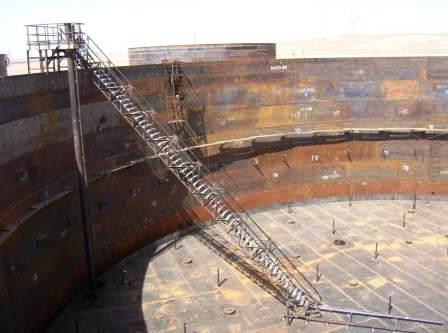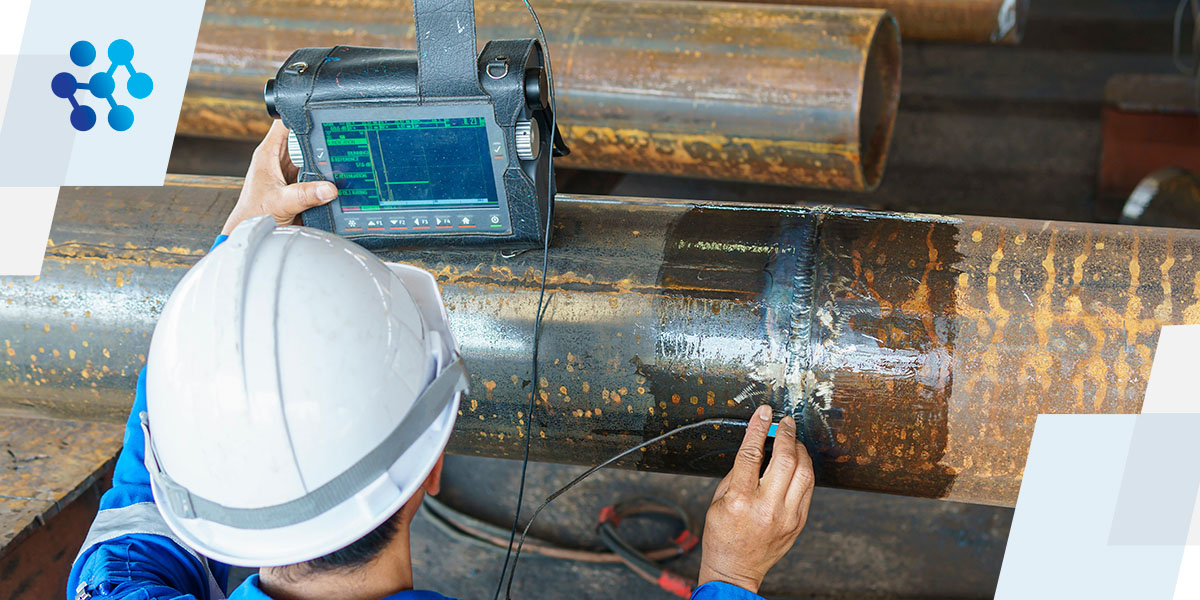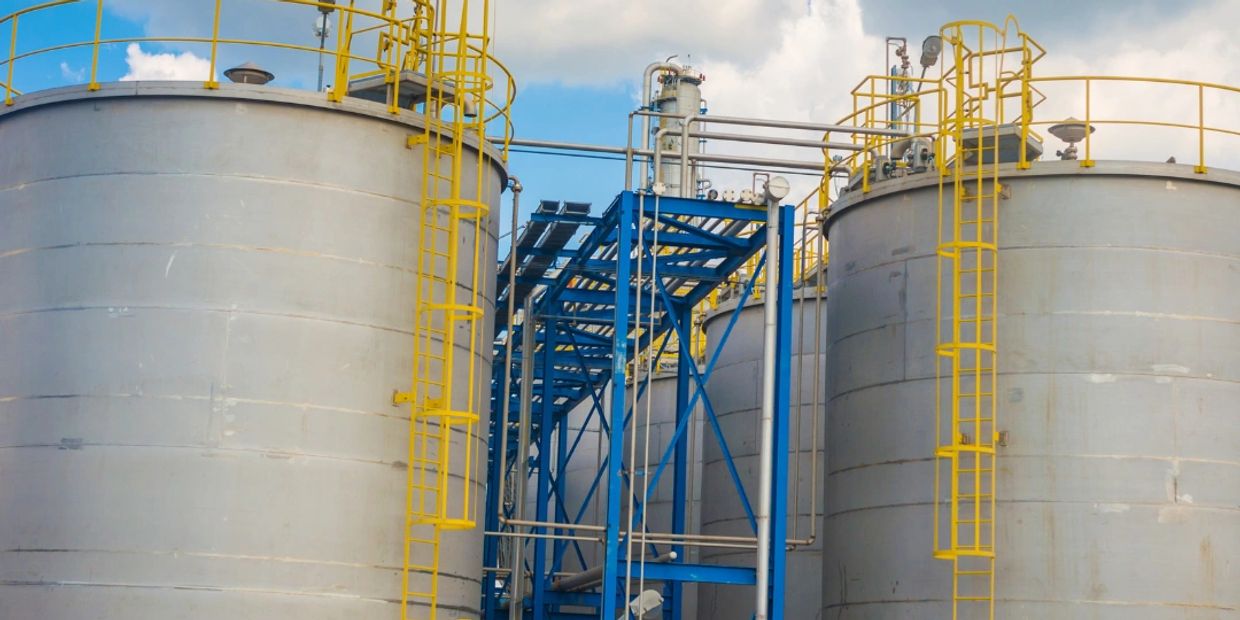The Importance of Specialist Tank Welding Inspection Solutions
The Importance of Specialist Tank Welding Inspection Solutions
Blog Article
A Detailed Summary of Container Welding Inspection Specifications and Methodologies for Improved Weld High Quality and Performance
The relevance of welding examination criteria in the manufacturing of containers can not be overemphasized, as they act as the foundation for ensuring weld integrity and operational dependability. Various evaluation techniques, including aesthetic assessments and progressed non-destructive screening techniques, are vital in identifying potential defects that could endanger performance. Sticking to regulative standards not only enhances weld high quality however likewise alleviates the risk of pricey failures. As we discover the subtleties of these methodologies, it becomes important to consider just how a systematic strategy can reinvent existing techniques and cause considerable improvements in end results.
Importance of Welding Assessment Standards

Welding assessment criteria encompass a variety of standards, consisting of material requirements, welding procedures, and qualifications of employees entailed in the welding procedure. By applying these requirements, organizations can systematically determine and fix potential flaws, thus reducing the chance of costly fixings or catastrophic failings. Rigorous inspection techniques promote a society of liability and accuracy, motivating welders to maintain high degrees of craftsmanship.

Typical Welding Evaluation Techniques


Ultrasonic Examining (UT) is one more widespread technique, using high-frequency audio waves to spot interior flaws that may not be visible on the surface. This technique is especially efficient for recognizing voids or inclusions within the weld steel. Magnetic Particle Checking (MT) is additionally extensively utilized, specifically for ferromagnetic products, as it discloses surface area and near-surface problems through the application of magnetic fields and ferrous bits.
Additionally, Fluid Penetrant Screening (PT) identifies surface-breaking flaws by applying a penetrant to the weld and after that utilizing a designer to draw out the penetrant. Each of these techniques adds to a comprehensive assessment method, ensuring that welds meet the strict quality standards called for in storage tank building.
Governing Requirements and Compliance
Governing standards and conformity are crucial elements in ensuring the safety and integrity of welded frameworks in storage tank building - Tank Welding this post Inspection. These standards serve to establish minimum requirements for product properties, welding procedures, and evaluation techniques, consequently minimizing the risk of architectural failings and improving overall efficiency
Secret organizations, such as the American Culture of Mechanical Designers (ASME) and the American Welding Society (AWS), give standards that are extensively taken on in the industry. Compliance with these criteria not just guarantees adherence to finest practices but additionally satisfies legal and contractual obligations, protecting the interests of stakeholders.
Governing bodies frequently mandate adherence to certain codes, such as ASME Code Area IX for welding qualifications and API 650 for bonded tanks. These codes detail demands for welding strategies, credentials of employees, and testing methods to confirm weld stability.
Regular audits and assessments are important to keeping compliance, as they assist recognize deviations from developed requirements. Non-compliance can lead to substantial charges, project delays, and security threats. Hence, a durable understanding of regulatory criteria and a commitment to conformity are extremely important in accomplishing top quality and durable bonded tank frameworks.
Non-Destructive Examining Approaches
How can the stability of welded frameworks be guaranteed without creating damage? Non-destructive screening (NDT) techniques offer a durable service, making it possible for examiners to assess weld high quality without endangering the product - Tank Welding Inspection. Amongst one of the most usual NDT methods are ultrasonic screening (UT), radiographic screening (RT), magnetic fragment testing (MT), and color penetrant testing (PT)
Ultrasonic testing uses high-frequency acoustic waves to identify internal problems and define product homes. It provides precise dimensions and is specifically effective for thick materials. Radiographic testing entails passing X-rays or gamma rays with the weld, developing images that expose architectural flaws such as fractures or voids. This method is very useful for analyzing the honesty of intricate welds.
Magnetic bit screening is fit for ferromagnetic products, where electromagnetic fields disclose surface area and near-surface stoppages. Color penetrant testing uses a liquid color to highlight surface-breaking defects, making it a reliable approach for non-porous materials.
Each of these NDT approaches has distinct benefits, permitting detailed evaluations tailored to details products and welding procedures. By applying have a peek at these guys these techniques, markets can ensure the reliability and safety of bonded structures, ultimately boosting total performance.
Enhancing Weld Quality With Inspection
Efficient evaluation plays an essential role in boosting weld high quality, serving as an essential checkpoint in the construction procedure. By identifying possible problems early, assessments alleviate the threat of endangered structural integrity and make certain conformity with industry requirements. Using a combination of visual assessments, non-destructive testing (NDT) approaches, and mechanical assessments, assessors can find issues such as porosity, cracks, and incomplete fusion.
Executing a robust evaluation procedure not only improves the total top quality of welds but also fosters a culture of accountability amongst welders and fabricators. Regular training and qualification of examination personnel make sure that they are geared up with the essential skills to recognize and deal with prospective troubles effectively. This proactive approach decreases rework and associated costs, ultimately adding to predict efficiency.
In addition, detailed documentation of assessment searchings for gives useful insights right into persisting concerns, facilitating constant moved here enhancement in welding techniques. By leveraging sophisticated modern technologies, such as automated ultrasonic testing or electronic radiography, weld top quality can be boosted with a lot more accurate assessments. In final thought, a strenuous assessment procedure is important in attaining top notch welds, making sure security, integrity, and durability in storage tank construction.
Conclusion
In verdict, the execution of strenuous storage tank welding inspection criteria and methods is crucial for making sure weld stability and performance. By using a mix of aesthetic inspections, non-destructive screening approaches, and adherence to regulatory criteria, organizations can efficiently identify and mitigate prospective defects.
Report this page